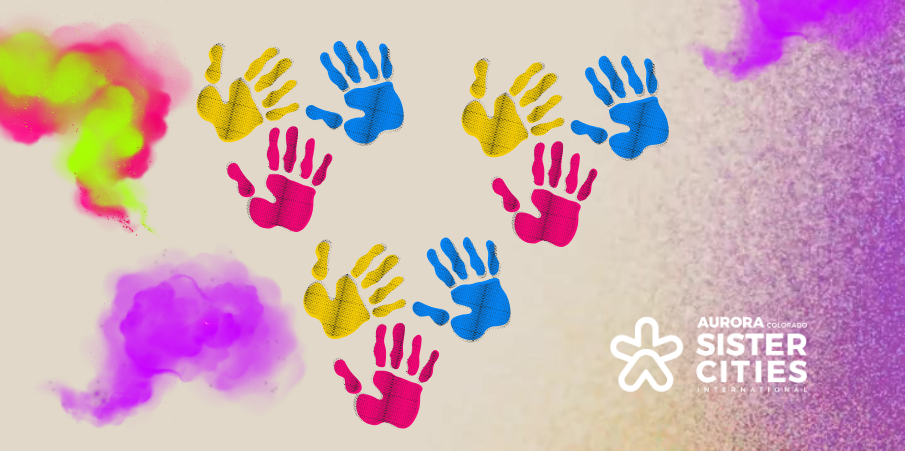Celebrating Holi 2024: The Festival of Colors
Holi, often referred to as the Festival of Colors, is one of the most vibrant and enthusiastically celebrated festivals in the world, particularly in India and Nepal, as well as among the diaspora communities across the globe. This festival, which heralds the arrival of spring, is not only a celebration of the triumph of good over evil but also a time to forgive, forget, and renew relationships.
The History of Holi
The origins of Holi can be traced back to ancient Hindu scriptures and has been mentioned in various early Christian era writings. The festival finds its roots in several Hindu legends, the most famous being the legend of Holika and Prahlad. According to the myth, Holika, the sister of the demon king Hiranyakashipu, tried to help her brother kill his son Prahlad, a devout follower of Lord Vishnu, by walking into a fire with him. Miraculously, Prahlad was saved by his devotion while Holika burnt to ashes, symbolizing the victory of good over evil.
Another popular legend associated with Holi is the divine love story of Radha and Krishna. It is said that Lord Krishna, who had a dark complexion, was jealous of Radha’s fair skin. Upon his mother’s playful suggestion, he colored Radha’s face in vibrant hues, which became a beloved tradition and a symbol of love.
Holi Celebrations

Holi is celebrated over two days. The night before the main Holi, people light bonfires in a ceremony called Holika Dahan, symbolizing the burning away of evil. The next morning is Rangwali Holi, where the air is filled with colors as people smear and splash each other with vibrant powders and colored water.
Beyond the play with colors, Holi is a time for enjoying festive foods like gujiya (a sweet dumpling), thandai (a spiced milk drink), and other traditional delicacies. Music, dance, and cultural performances are integral to the celebrations, making Holi a truly communal festival.

Happy Holi 2024! Let the colors of Holi spread the message of peace and happiness.

